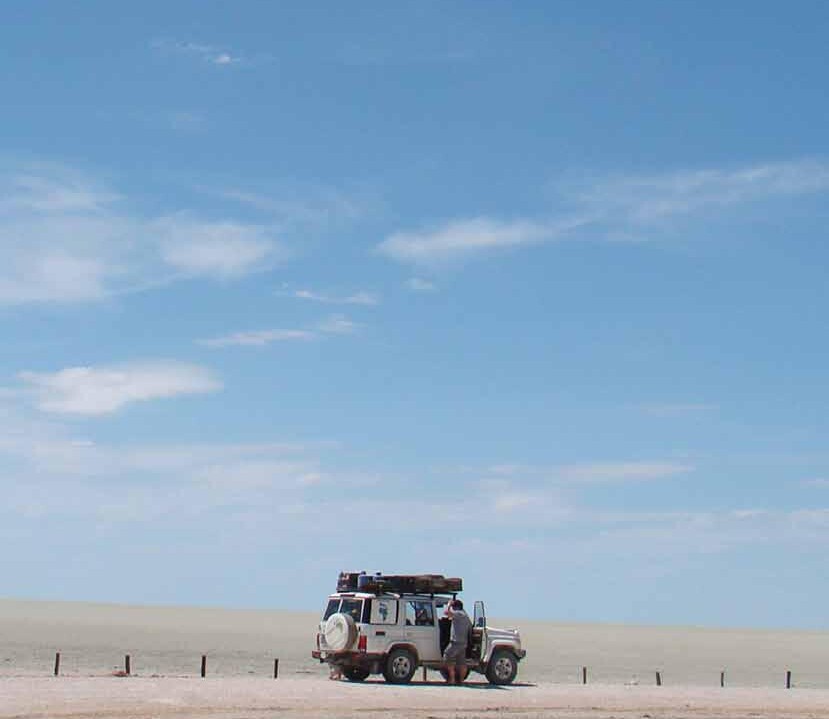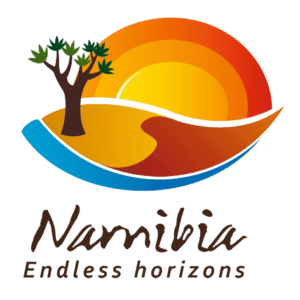King Nehale Experience

Total distance: 641km
Suggested time period: 2 – 4 days
This route will take travellers through a land of contrasts, with the rural Namibia (Owamboland) on the one hand and the bustling metropolis of Oshikate, Ongwediva and Ondangwa. The route can be accessed in two ways. Either from Ruacana, travelling east along the Roof of Namibia Experience until Outapi, and turning south towards Tsandi, or from Kamanjab continue north towards Ruacana and turn east towards Tsandi on the C41 (M122).
Along this route, travellers will have the opportunity to visit the Omugulugwombashe National Monument, Uukwaluudhi Royal Homestead, Uukwambi Kings Monument, Oshikati Open Market, Ongulu Traditional Homestead, Nakambale Museum, Lake Oponono and the expansive water channels (fundja), and the world-famous Etosha National Park.
Attractions:
Omugulugwombashe National Monument
- Omugulugwombashe is a settlement in the Omusati region in the north of Namibia and is one of the sites of the War on Independence. On 26 August 1966, eight helicopters of the South African Defence Force attacked guerrilla fighters at Omugulugwombashe. This was the first armed battle to be fought on Namibian soil since the South African government colonised Namibia. In 1996, the Namibian government erected a monument in honour of this battle at the 30th anniversary of the start of the conflict. In commemoration of the day, August 26 is a public holiday in Namibia. It is recognised by the United Nations as Namibia Day, but Namibians refer to it as Heroes' Day. The memorial shrine bears the inscription, "Independence from Colonialism was our Aim".
Uukwaluudhi Royal Homestead
- One of the seven traditional kingdoms of Owamboland is Uukwaluudhi. The royal homestead lies within view of the Tsandi village, about 100km from Oshakati on the D3612 road. It affords travellers the incredible opportunity of experiencing the ways and traditions of Owambo imperial families. King Taapopi reigns in this area and has ploughed back into his local community by encouraging local youths to be trained as tour guides through the Namibia Community-Based Tourism Association. Travellers can relive traditional African royalty with tours through the homestead and traditional meals may be served if requested in advance with entertainment in the form of singing and dancing. The homestead has a small display at the entrance providing details of the history and culture of the Kingdom of Uukwaluudhi. Visitors are provided with a guided tour of the traditional homestead of King Taapopi (who now lives in a house built next door) who will occasionally meet and talk to travellers.
Uukwambi Kings Monument
- Elim is a village in the north central Namibia, located approximately 30km west of Oshikati, and is the centre of the Uukwambi traditional authority. The Monument for the Uukwambi Kings is located within Elim and was erected upon the grave of the 16th king, King Nuuyoma.
Ongula Cultural Village
- Ongula Cultural Village is strategically situated between Ondangwa (one of the oldest towns in the northern region) and Eenhana, built alongside an active Owambo Homestead. Ongula provides visitors an introduction into the traditional lifestyle of the Owambo people as well as opportunity to participate in the preparation of local traditional drinks and meals. Travellers can discover the art of basket weaving and pottery and explore the beauty of the region. Four en-suite rondavels provide accommodation for overnight guests and traditional meals are served alongside European cuisine. Day tours to the museum, open air craft markets and tribal houses are available and visitors can attend some of the seasonal events such as Marula Festival and traditional weddings.
Nakambale Museum
- In 1868 Finish missionary Martti Rautanen left for Namibia. He arrived in Olukonda two years later and spent the rest of life there. He became known as Nakambale, 'the one who wears a hat', among the locals. The mission house is now the Nakambale Museum and one of the best places to experience Owambo culture. The museum lies in the village of Olukonda, 14km south-west of Ondangwa and includes the original church and a traditional Ngonga Homestead. Rautanen translated the Bible and hymns into Ndonga and was a keen student of the indigenous culture. He made meteorological observations, worked in botanical research and became a respected personality in Namibia, as well as Finland, receiving an honorary doctorate at the University of Helsinki. The museum displays items from the Finnish Mission Station, as well as items of Ovambo history and culture.
Lake Oponono Wetlands
- Lake Oponono is a large wetland that is fed by underground river channels known as the Culevai oshanas. After the rainy season, visitors can view a variety of birdlife, including saddlebill storks, crowned cranes, flamingos and pelicans. The edge of the lake is located 27km south of Ondangwa.
Etosha National Park “King Nehale Gate“
- At just over 500km², King Nehale is a relatively small conservancy, yet one with a large population of around 20,000 residents. Most people in the conservancy speak Oshiwambo. Eight main Owambo traditional authorities or kingdoms are widely-recognised and the residents of King Nehale Conservancy live within the Ondonga Kingdom. The conservancy is named after the late King Nehale lya Mpingana, signifying the importance of the traditional leadership. The King Nehale Gate in the northern border of Etosha was officially opened in 2003 and allows visitors the opportunity to combine the natural wonders of Etosha with the cultural vibrancy of Owambo.



